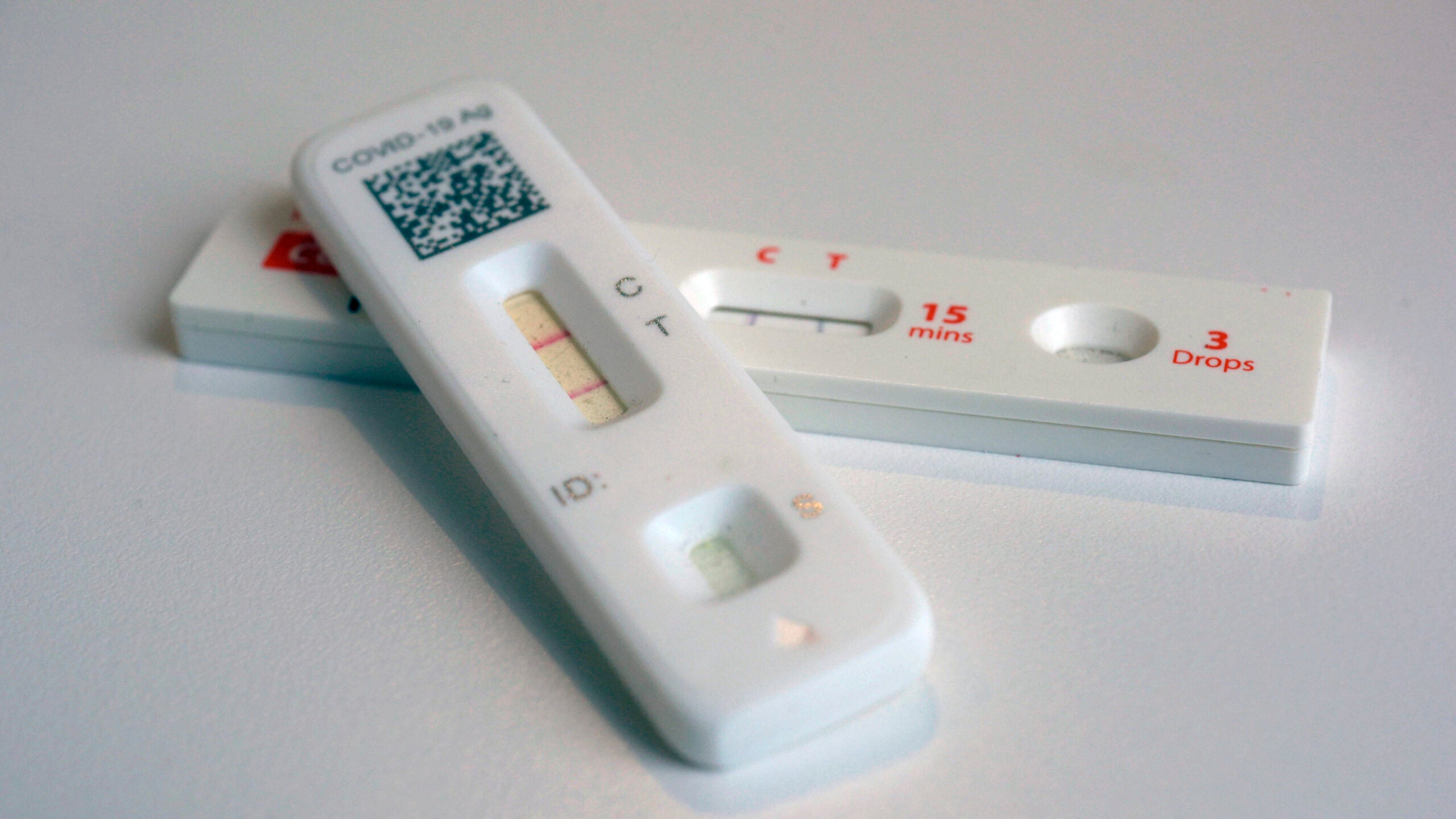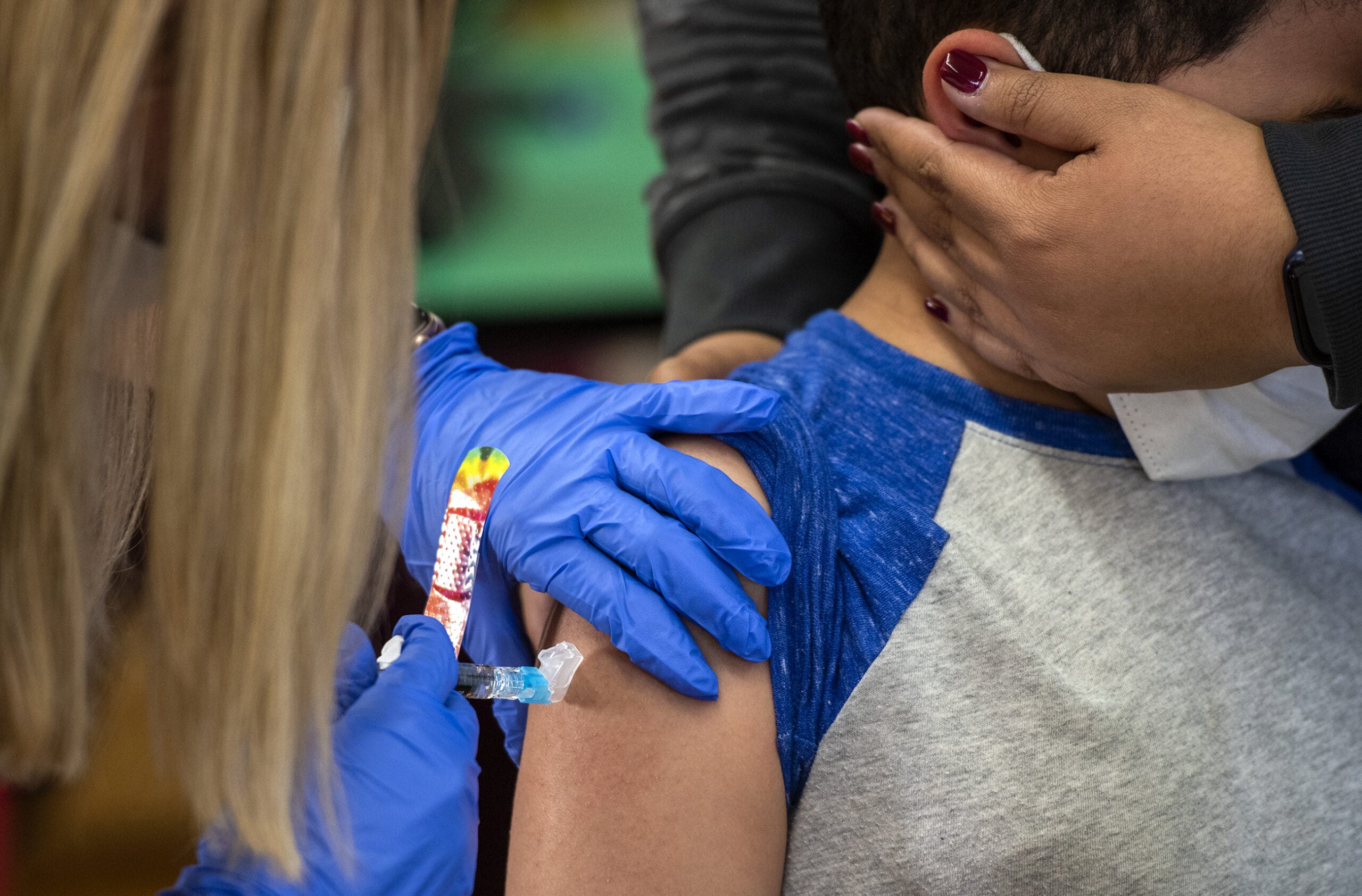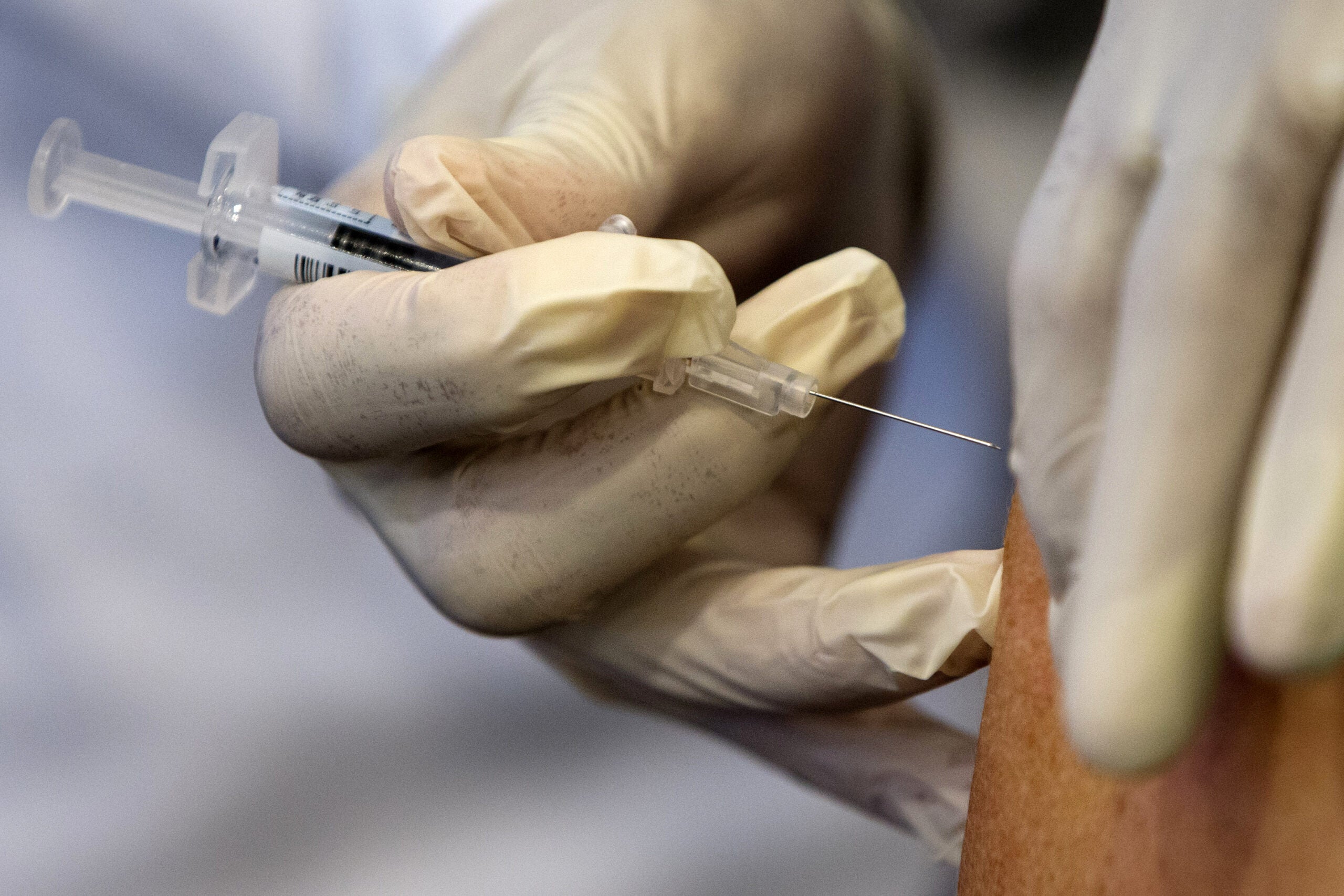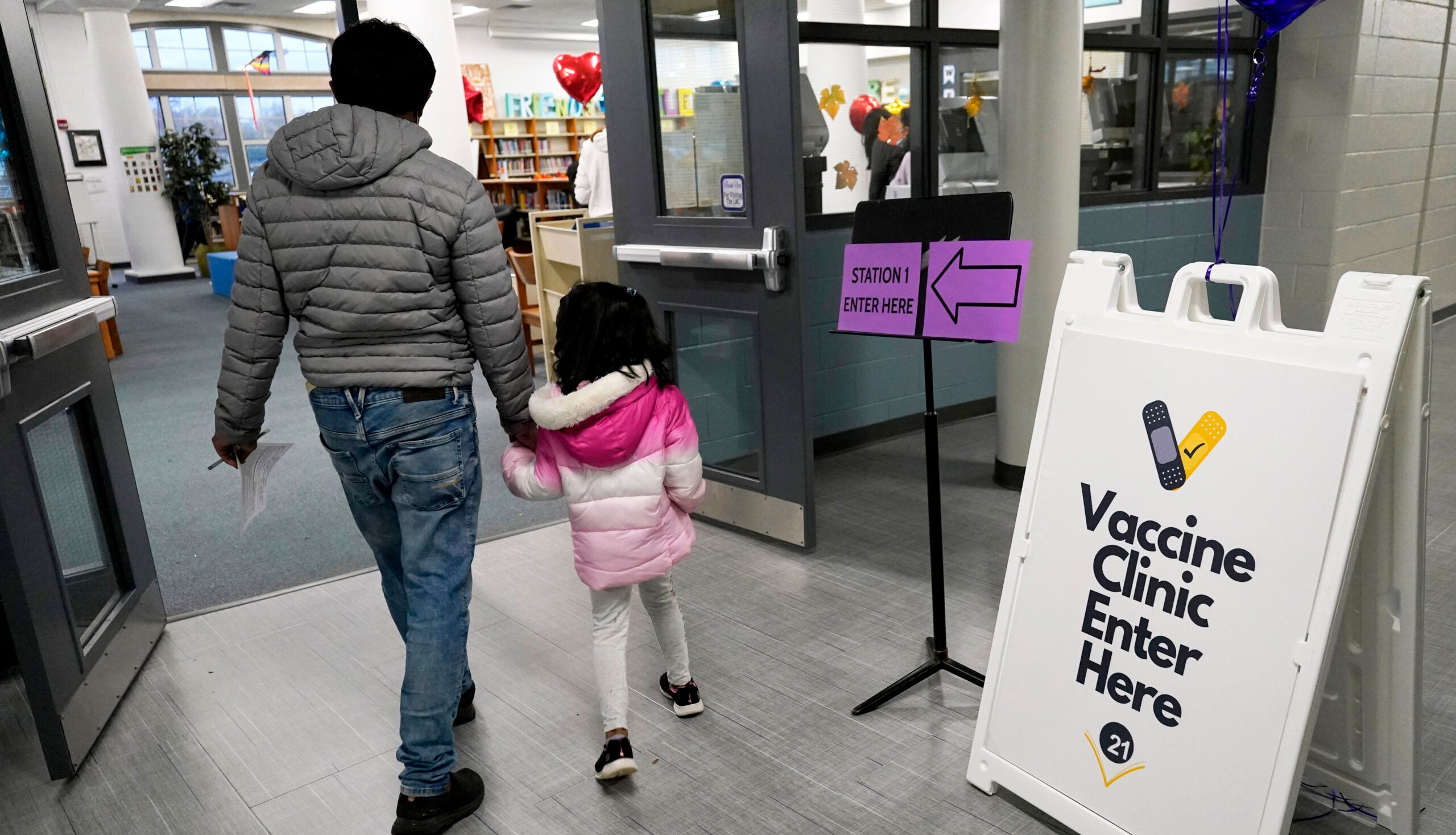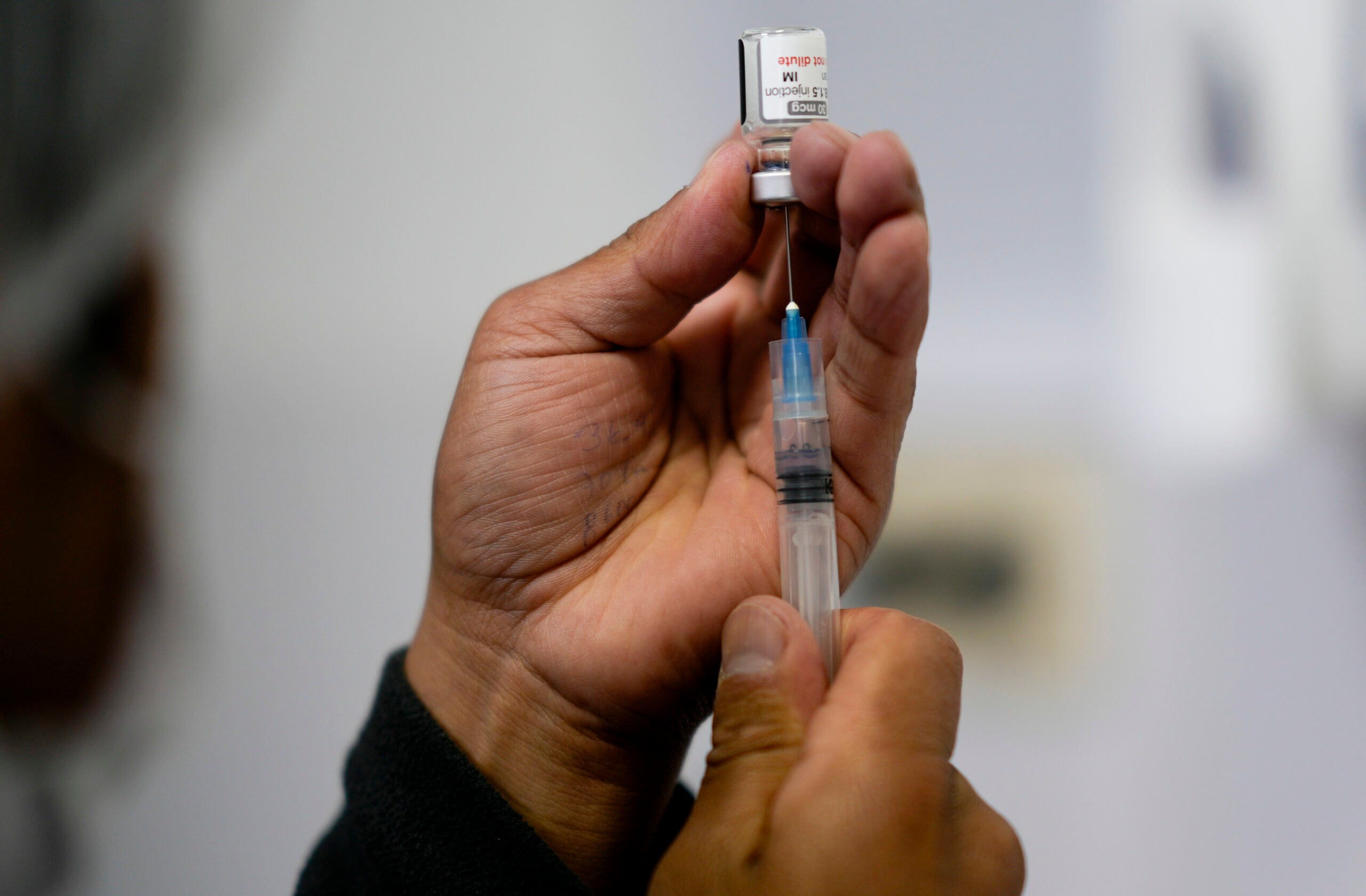In most U.S. states, respiratory illness levels are currently “high” or “very high,” according to data from the Centers for Disease Control and Prevention released Friday.
“After the holidays, after we’ve traveled and gathered, we are seeing what is pretty typical of this time of year, which is a lot of respiratory viruses,” says Dr. Mandy Cohen, director of the CDC.
News with a little more humanity
WPR’s “Wisconsin Today” newsletter keeps you connected to the state you love without feeling overwhelmed. No paywall. No agenda. No corporate filter.
A few viruses have been driving the upward trend, including flu which is very high and respiratory syncytial virus or RSV which appears to have peaked around Thanksgiving.
COVID-19 levels have climbed higher than last season’s peak. Still, they remain far below where they were at the height of the pandemic — as do levels of severe disease.
“We are still very far below the levels that we were seeing with the omicron peak [in the 2021-2022 virus season],” says Amy Kirby, who leads the CDC’s National Wastewater Surveillance System. “We’re not looking at that really massive wave of infections. This is much more on par with what we saw [in the 2022-2023 season].”
And while COVID levels are still higher than they were last season, other COVID metrics including emergency room visits, hospitalization rates and deaths are lower now than previous seasons, indicating that “COVID-19 infections are causing severe disease less frequently than earlier in the pandemic,” according to the CDC.
Staggered start for viruses this season
Respiratory viruses are hitting the southeast especially hard, said the CDC’s Cohen, “but no part of the country is spared.”
Flu levels are especially concerning. “The influenza virus is the thing that’s really skyrocketing right now,” says Dr. Steven Stack, public health commissioner for the state of Kentucky and president of the Association of State and Territorial Health Officials. “Influenza is sharply escalating and driving more hospitalizations.”
The flu is coming in later this season, compared with the 2022-2023 season, when “RSV and flu really took off right at the same time along with COVID,” says Marlene Wolfe, assistant professor of environmental health at Emory University and a program director at WastewaterScan. “All three of those together were pretty nasty. This year, there’s more of an offset.”
That has been good news so far for hospital capacity, which has remained stable this season, meaning that people who are quite ill and need medical care are generally able to get it.
Some hospitals in different parts of the country — from Massachusetts to Illinois to California — are starting to require masks for staff again and in some cases for patients and visitors.
Vaccines can still help
Health officials say that getting the latest flu and COVID-19 vaccines now can still protect people this season. While Stack, with Kentucky’s Department for Public Health, encourages seasonal preventive shots for everyone 6 months and older, he says it’s particularly important for “everybody who is elderly — and not even old elderly — like young elderly, 60 and older,” since they are more likely to get very sick from these viruses.
CDC data shows that fewer than half of U.S. adults have gotten a flu shot this fall and winter. That’s still better than the vaccination rate for this season’s COVID-19 booster, which fewer than 20% of U.S. adults have gotten, even though COVID-19 remains the bigger danger.
“The thing that is putting folks into the hospital and unfortunately taking their lives — the virus that is still the most severe [at the moment] — is the COVID virus,” says the CDC’s Cohen.
Beyond vaccines, health officials say there’s still a place for masking as a preventive measure.
Early testing can aid treatment
Those who are sick should stay home and watch their symptoms. If they progress beyond a runny nose and a light cough “to body aches, fevers, difficulty moving through your day, a heavier runny nose, a worsening cough … [those more severe symptoms] should trigger you to go get tested,” says Cohen.
Getting tested and diagnosed early, with COVID-19 or the flu, can help those at risk of serious illness get access to prescription pills that can reduce their chances of ending up in the hospital.
Flu and COVID-19 vaccines, tests and treatments should be covered by health insurance.
For those who are uninsured, the government is also offering a program called Test to Treat that offers free tests, free telehealth appointments and free treatments at home.
Cohen says people can protect themselves over the next few weeks by staying aware of what’s happening in the community and their individual circumstances.
“You want to know what’s happening in your community,” she says. “Is there a lot of virus circulating? And then, what are the tools that I could layer on to protect myself, depending on who I am, my age, my risk, as well as who I’m around?”
The CDC has maps of COVID-19 hospitalizations down to the county level on its website, and it provides weekly updates on respiratory viruses nationwide. Cohen says there are many tools — including vaccines, masks, rapid tests and treatments — available to help people reduce their risks this season.
9(MDAyMjQ1NTA4MDEyMjU5MTk3OTdlZmMzMQ004))
© Copyright 2025 by NPR. To see more, visit https://www.npr.org.9(MDAyMjQ1NTA4MDEyMjU5MTk3OTdlZmMzMQ004))

